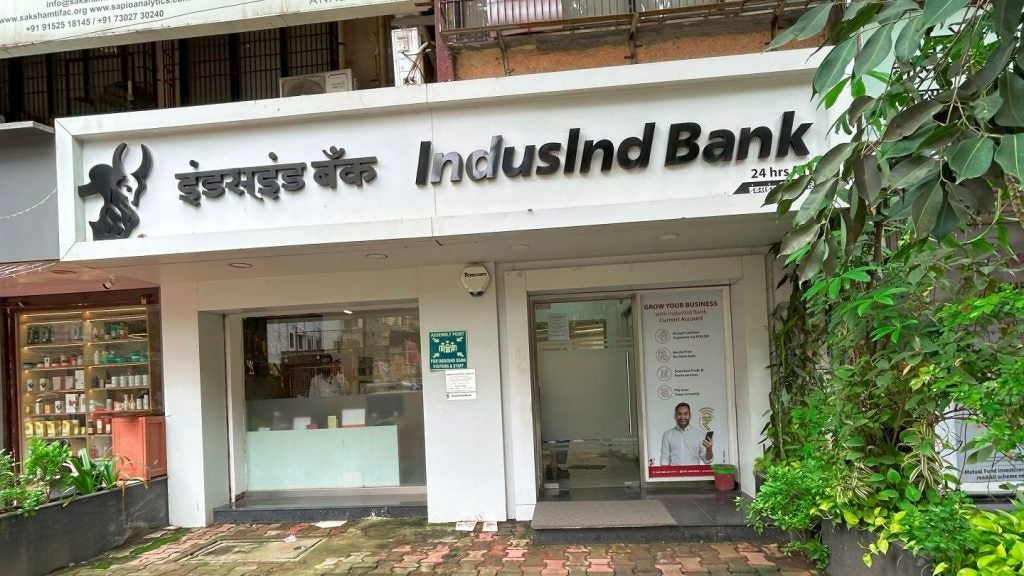For the first time in nearly 20 years, the People’s Bank of China (PBoC), has announced the bankruptcy of a commercial lender, the Financial Times (FT) has reported.
The central bank has authorized the liquidation of regional lender Baoshang Bank, ahead of seizing control of the bank last year.

Access deeper industry intelligence
Experience unmatched clarity with a single platform that combines unique data, AI, and human expertise.
In its quarterly monetary policy statement, PBoC said: “Bank of Baoshang will be filed for bankruptcy and the original shareholders’ equity and unprotected creditors’ rights liquidated in accordance with the law.”
The decision to authorize the bankruptcy was taken after the watchdog found “severe insolvency” while reviewing its business, the report added.
The government taking control of Baoshang’s business last year was also the first since the seizure of the Hainan Development Bank in 1998.
The takeover indicated that the country allowed bad debt to grow unchecked for a long time.

US Tariffs are shifting - will you react or anticipate?
Don’t let policy changes catch you off guard. Stay proactive with real-time data and expert analysis.
By GlobalDataEarlier this month, PBoC’s official publication China Finance noted that a troubled financial conglomerate named Tomorrow Group had borrowed RMB156bn ($22.5bn) from Baoshang through 200 shell companies.
This takeover resulted in a cash crunch for Chinese banks as large banks were not willing to lend to smaller banks.
Besides, the Covid-19 pandemic has already impacted the balance sheets of local lenders and slowed economic growth.
The FT reported added that there have been six bank runs in the past one year, while the country bailed out only four regional banks since 2018.
However, the failure of Baoshang does not serve as a precedent to deal with future defaults as the regulator will not allow bankruptcy to become the norm, according to some economists.







